Cursed sites of Tokyo: A love shrine with 7 mysteries and a vengeful samurai ghost
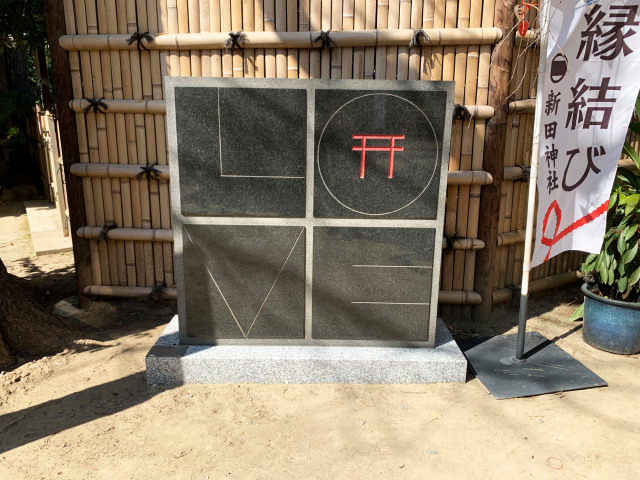
Dark details you won’t find in travel guides to Japan.
Did you know there are sites in and around Tokyo where people are forbidden to enter, lest they be spirited away by vengeful spirits and cursed forever?
These sites, and the dark histories hidden behind them, are often overlooked by travel guides, but we’re on a mission to introduce them to you firsthand. So this week, we sent our Japanese-language reporter Seiji Nakazawa out to Tokyo’s Ota Ward to investigate Nitta Shrine, a sacred site with “seven mysteries” and a forbidden patch of fenced-off ground.
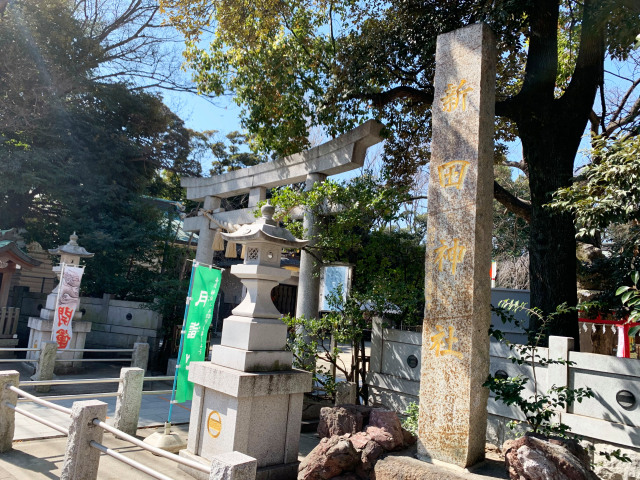
Nitta Shrine has a history that stretches back 650 years to the Nanboku-cho Period (“South and North Courts Period”), that spanned the years from 1336 to 1392, when the country was divided between north and south, with intense conflict between the two factions. In the south, a powerful samurai named Nitta Yoshioki earned acclaim for being one of the best fighters and strategists of the era, but he met his demise in a cowardly attack at the Yaguchi Ferry, when clan members from the north who posed as his friends ended up double-crossing him, boring holes in the bottom of the boat and firing arrows at him and his servants.
▼ Nitta’s death, depicted by ukiyoe artist Utagawa Kuniyoshi (1798-1861)
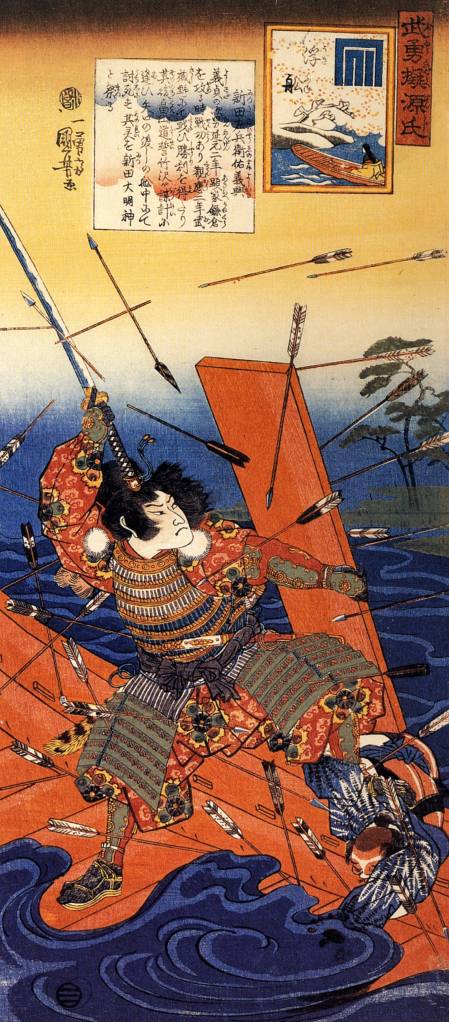 Image: Wikipedia
Image: Wikipedia
The samurai involved in Nitta’s death were said to have been cursed, dying after being sent crazy with hauntings by his spirit. The area was also ravaged by thunderstorms and lightning bolts after Nitta’s death, prompting locals to construct Nitta Shrine on the site where he was killed, in order to appease his vengeful spirit.
▼ This is one of the “Seven Wonders” or “Seven Mysteries” tied to the shrine, which are listed on a signboard at the entrance today.
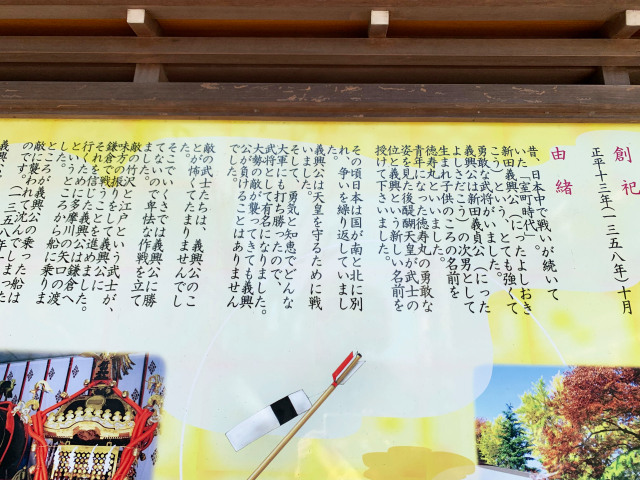
The Seven Mysteries listed are:
1. After Nitta Yoshioki’s death, thunder continued for seven days and seven nights. When the samurai who killed Nitta returned to the Yaguchi Ferry, thunder roared from the dark clouds and the ghost of Nitta suddenly appeared, causing the samurai to fall from his horse and die in madness. After that, the grudge turned into a fireball and threw a lightning bolt near Yaguchi.
2. The mound behind the shrine is a circular mound where Nitta’s body was buried. Called “Turning-in-his-grave Mound” or “Wild Hill”, anyone who enters the area will be cursed.
3. The boat Nitta boarded and his armour buried within the mound were said to have grown into a “Boat Cedar” (later burned down by lightning).
4. The bamboo on the mound is called “flag bamboo” as it’s where the white flag of the Minamoto clan was flown. [The red-and-white colours of the Japanese flag come respectively from the Taira and Minamoto clans who fought in the 1180–1185 Genpei War]. Because the bamboo here makes a cracking sound during thunderstorms, scholar Hiraga Gennai recommended making “Yamori” (“arrow amulets”) from the bamboo, which gave birth to the hamaya arrow amulets sold at shrines around Japan today.
5. When the shrine is visited by family or descendants of Kunikiyo Hatakeyama, the northern shogunal deputy who sent the Edo clansmen to kill Nitta, it always rains and the guardian dogs growl.
6. The 700-year-old sacred Zelkova tree still lives, despite being split by lightning and war damage. It’s said that touching this sacred tree will bring longevity, healing of illness, and rejuvenation. A rare mistletoe grows in the upper part of the tree.
7. The ferryman involved in Nitta’s death later regretted his actions, building a jizo statue to atone for his part in the incident, but it’s said that the stone body collapsed and dissolved due to Nitta’s curse.
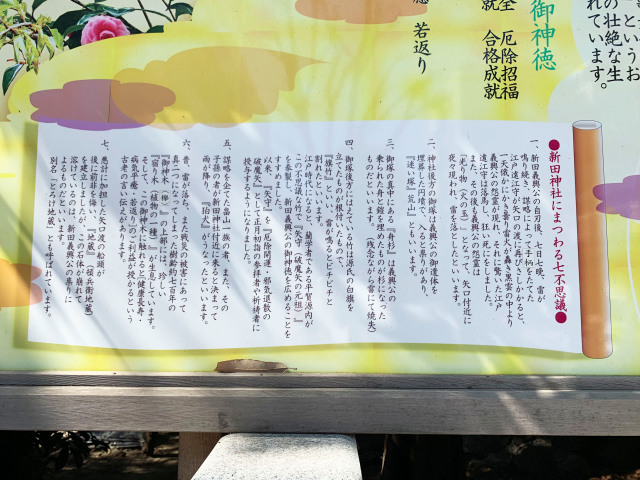
That’s a whole lot of mystery and history connected to this one spot in Tokyo, and Seiji made sure he treaded carefully as he bowed at the torii gate and entered the shrine. As he approached the main building, Seiji saw the 700-year-old sacred tree on the right-hand side of the main path, and wondered what stories it would tell if it could talk.
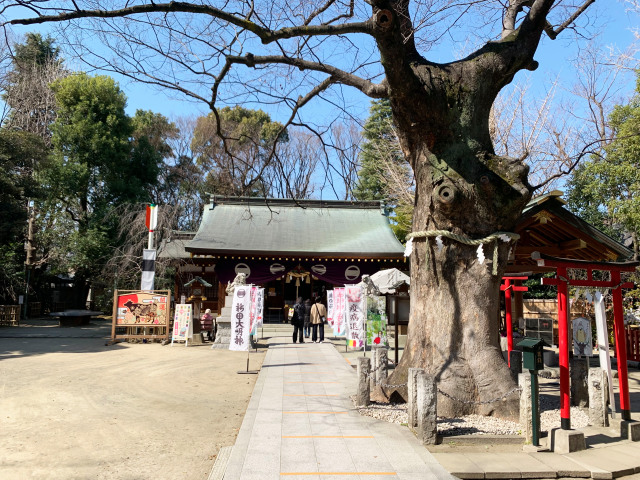
▼ Then, something else caught his eye…
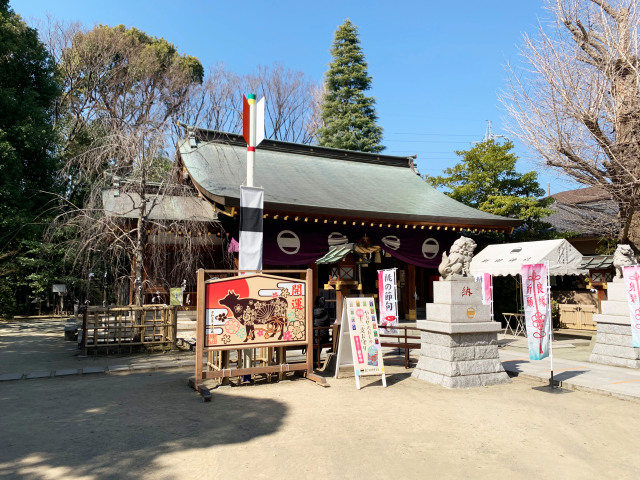
▼ A giant arrow amulet!
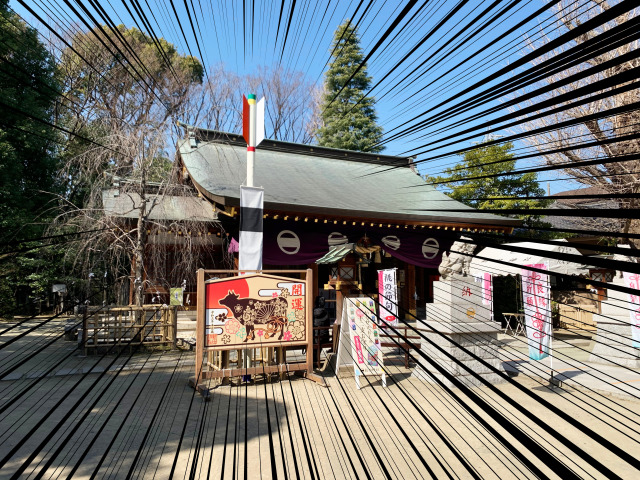
At this point, Seiji was glad he’d stopped to read about the Seven Mysteries at the entrance, or else this sight would’ve really puzzled him. This giant arrow is actually an installation called “Yamori,” and was created by Katsumi Asaba, a famous Japanese graphic designer, to pay homage to the shrine’s history.
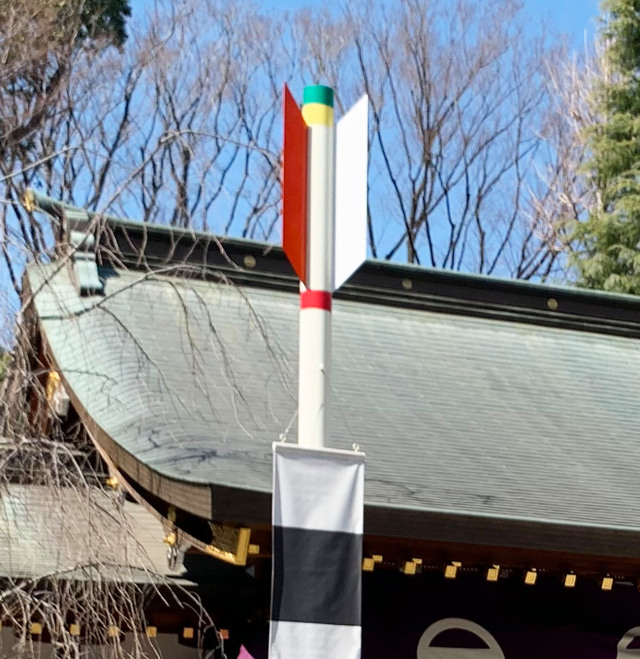
Seiji passed by the arrow to pay his respects at the main building before making his way to the back of the shrine in search of the mysterious mound.

▼ Could this be one of the guardian dogs that growls when an enemy descendant draws near?
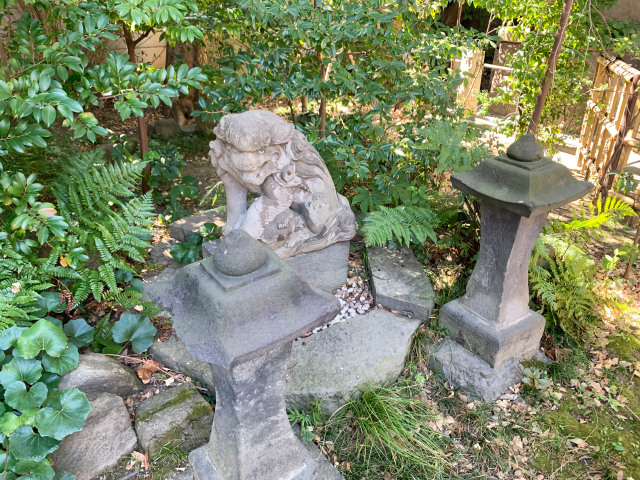
Walking through the dappled sunlight, Seiji came to a metal fence with a sign in front of it alerting visitors to the sacred mound behind it. The sign also conveniently mentioned that entering the area will assuredly result in being cursed.
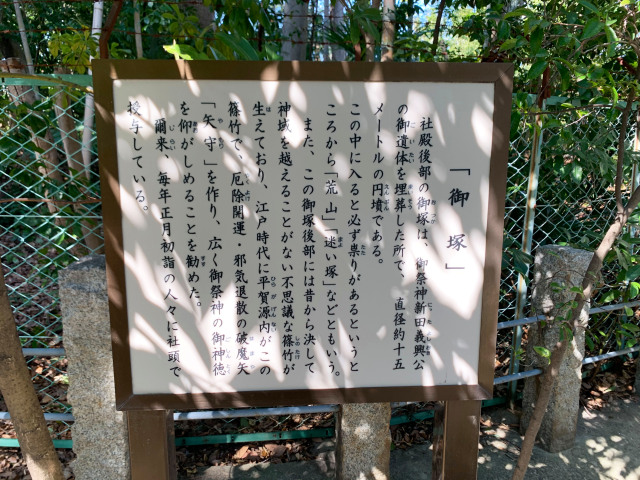
▼ The forbidden mound looks more like a small hill, and is protected by barbed wire to prevent people from entering it.
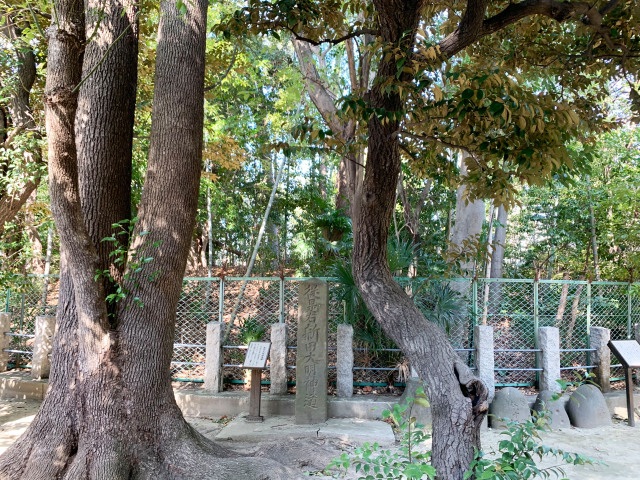
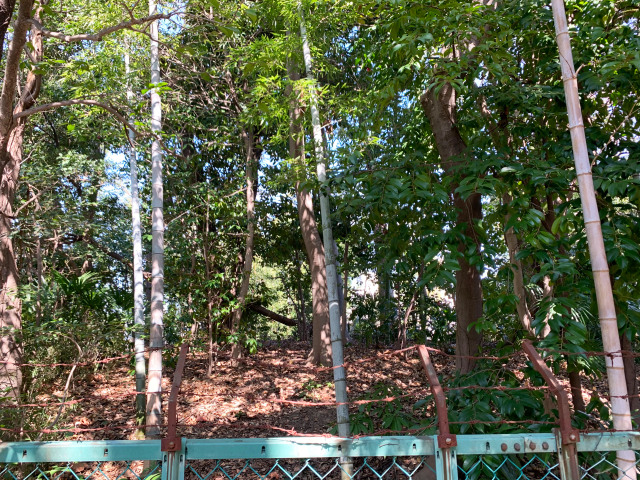
Despite its dark connection to grudges and vengeful ghosts, the shrine is a surprisingly peaceful spot with lush greenery to refresh the minds and spirits of visitors.
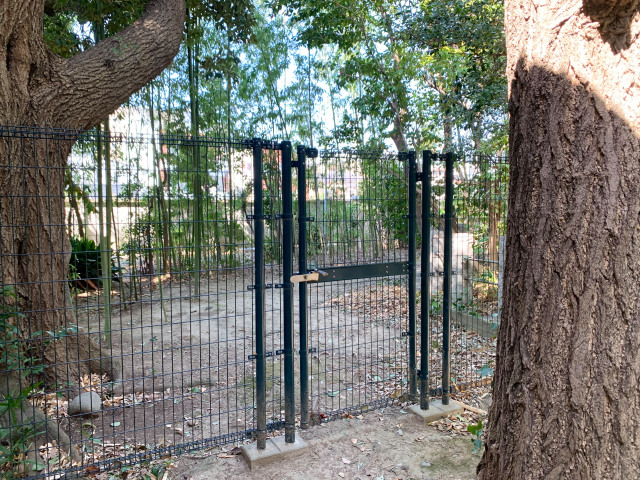
Over the years, the shrine has managed to shake off most of its negative connotations to a vengeful samurai spirit and is now better known as a place to pray for good fortune. And if you’re praying to find love, this is becoming quite the destination, as it’s now home to a “Love Shrine”.
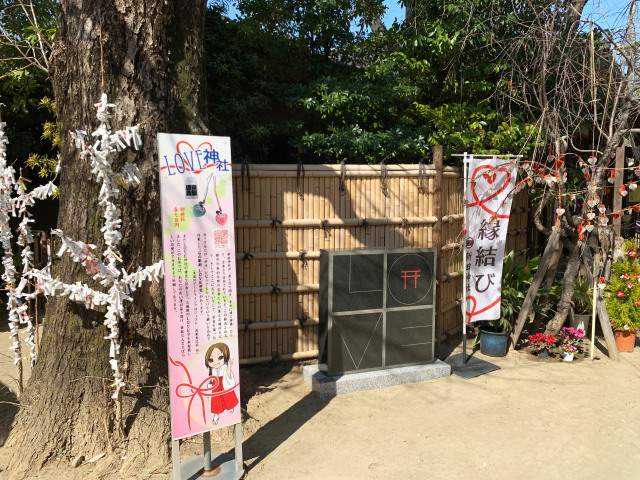
▼ The “Love Shrine” is a special art project installation that comes with its own line of good luck amulets.
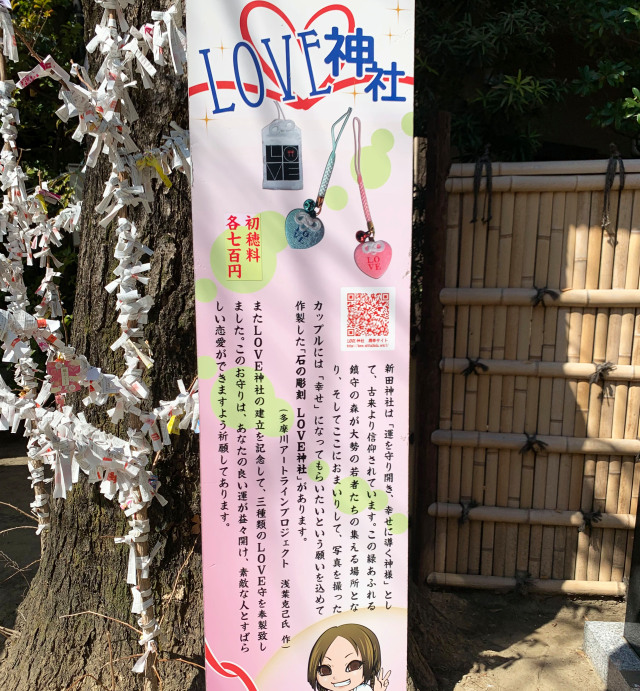

By walking through the shrine grounds, Seiji felt as if he’d gone on a journey from the thirteenth century right through to modern-day Japan. And the more he looked at it, the more this modern “Love” artwork reminded him of the famous installation in front of Shinjuku Island Tower.
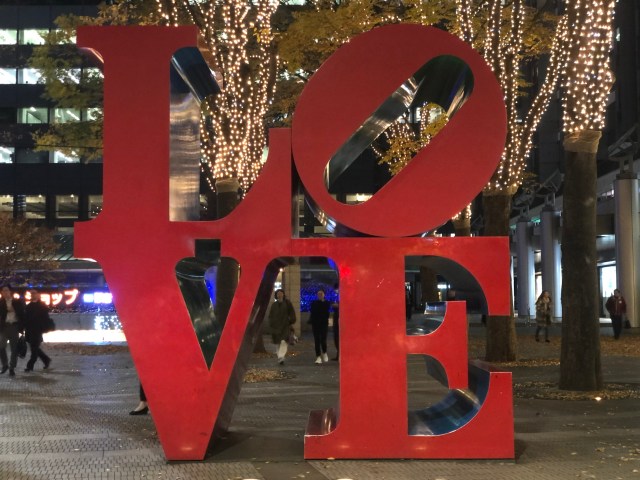
Seiji was impressed to find that love can be born from grudges, and so he ended the visit with a grudge match…of table tennis with his mate Butch a.k.a Bigwave, who’d accompanied him on the visit to film a video for his YouTube channel.
▼ This clip, which comes with English subtitles, is adorably wholesome.
Things have certainly changed since the times of Nitta Yoshioki in the 1300s, but no matter how many years go by, and how many table tennis games are won and lost on that stone slab, the power of the samurai’s wrath remains a force not to be reckoned with.
Because as we’ve learnt with Taira no Masakado’s grave in Tokyo, interfering with the site of a vengeful spirit requires more care than a nuclear weapon.
Shrine information
Nitta Shrine / 新田神社
Address: Tokyo-to, Ota-ku, Yaguchi 1-21-23
東京都大田区矢口1丁目21−23
Photos © SoraNews24
● Want to hear about SoraNews24’s latest articles as soon as they’re published? Follow us on Facebook and Twitter!
Credit:

0 comments: